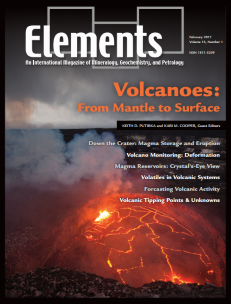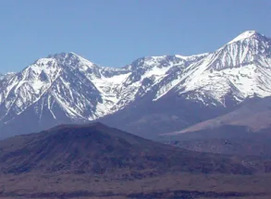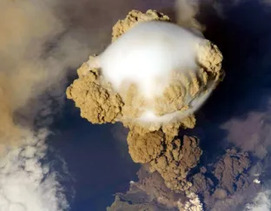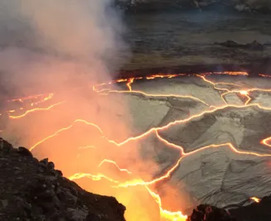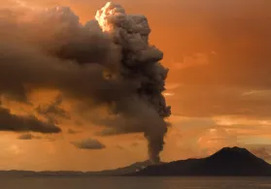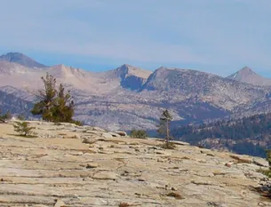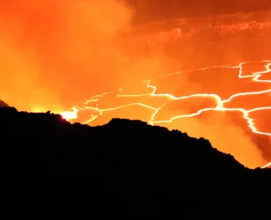
Volcanoes: From Mantle to Surface
Keith D. Purtirka and Kari M. Cooper – Guest Editors
Table of Contents
Volcanoes are the powerhouses of nature that can, within minutes, transform a beautiful mountainscape into a desolate landscape devoid of life. Whether eruptions are mild or catastrophic, volcanoes fascinate and captivate us. But what controls whether a given magma will erupt or stall, and how do processes in one part of the system affect others? Volcano science is advancing rapidly, and improvements in monitoring tools, petrologic tools, and modeling of volcanic processes have greatly improved our understanding of volcanic behavior. This issue brings together contributions exploring volcanic behavior throughout the crustal system.
Analab
Australian Scientific Instruments (ASI)
CAMECA
Excalibur Mineral Corporation
Gemological Institute of America
ProtoXRD
Rigaku
Savillex
Selfrag
Job Posting — Woods Hole Oceanographic Institute
Volume 13, Number 2 (April) • Sulfides
GUEST EDITORS: Kate Kisseva and Marie Edmonds
Despite the bulk silicate Earth only containing 250 parts per million of sulfur, sulfide minerals and liquids have a powerful impact on the behavior and fractionation of a wide range of elements in the Earth’s crust and underlying mantle. According to the V. M. Goldschmidt classification, in the periodic table there are 18 chalcophile elements that have affinity for sulfur and form sulfides. Besides the chalcophile elements, a large number of siderophile elements are also found in nature in association with sulfides. This issue focuses on the broad topics of magmatic and volcanogenic sulfide deposits, the behavior of sulfides during mantle melting and volcanism, and the mineralogy of sulfides and sedimentary sulfides and their role in the early development of the biosphere.
- How Volcanoes Work (February 2017)
- Sulfides (April 2017)
- Rock and Mineral Coatings: Records of Climate Change, Pollution, and Life (June 2017)
- Boron: Light and Lively (August 2017)
- Mineral Resources and Sustainable Development (October 2017)
- Layered Intrusions: Natural Laboratories for Magma Chamber Processes (December 2017)


